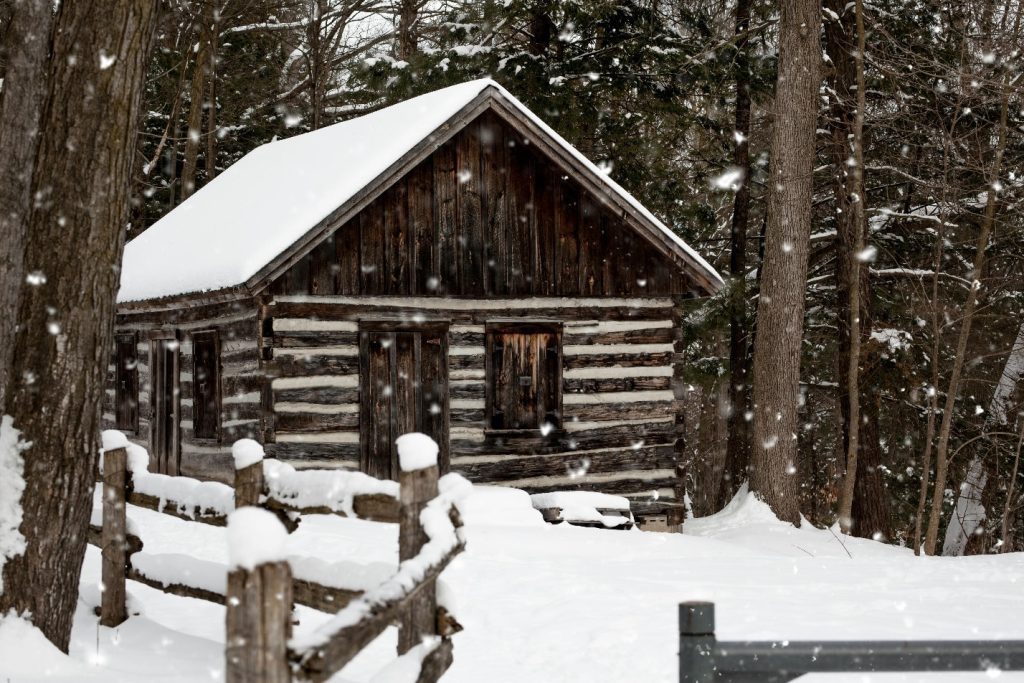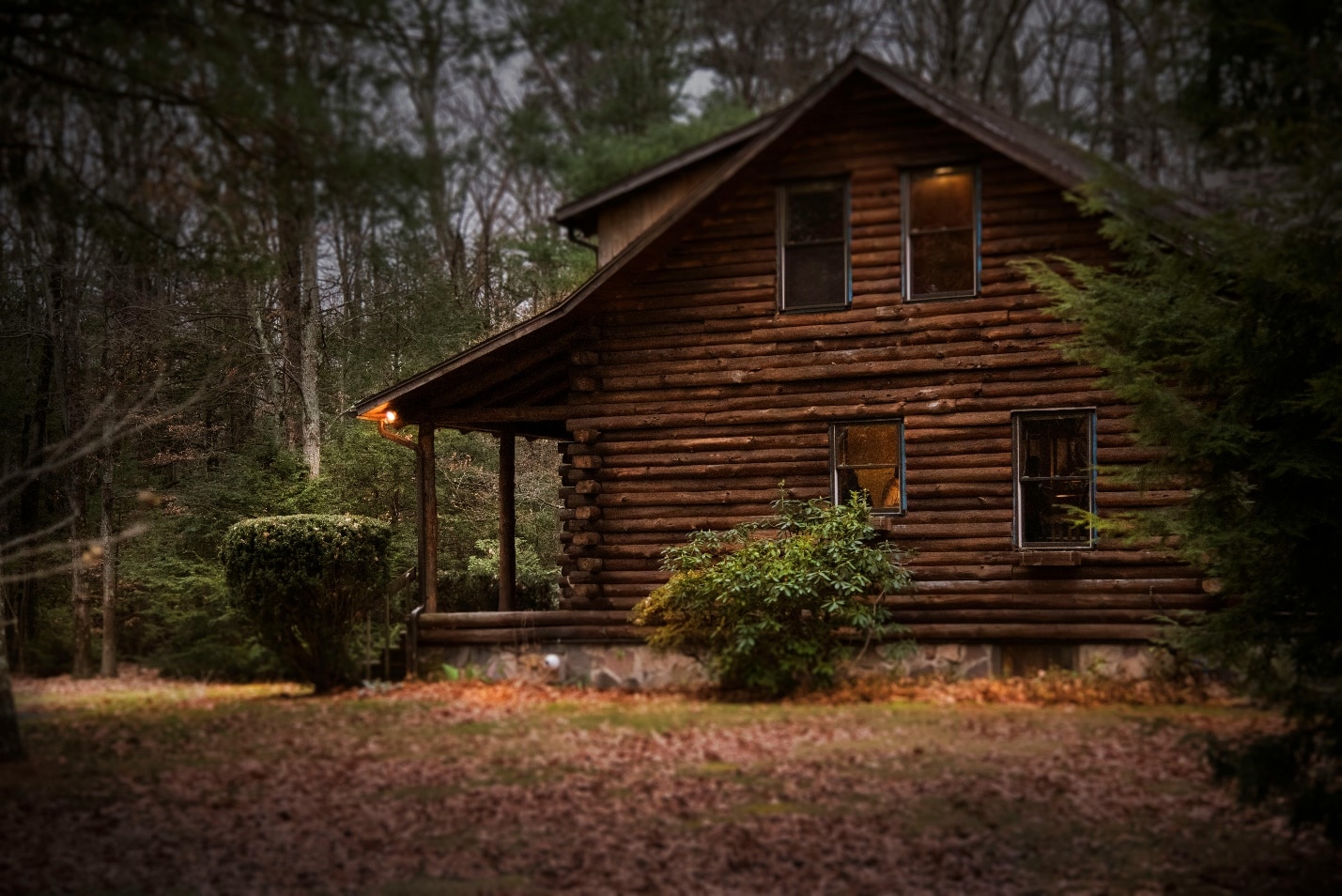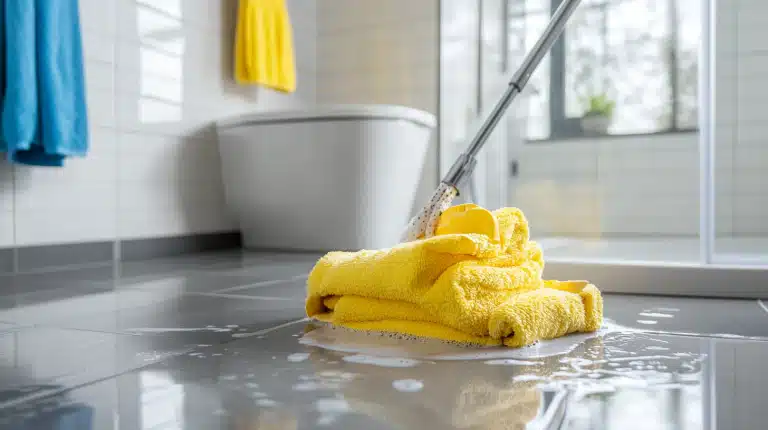Log Cabin Buyers Guide
Undeniably, there’s a certain rustic appeal when it comes to log cabins. They’re quite popular throughout Pennsylvania, as you may already know. With our vast forests and wooded areas, this is hardly a surprise, right?
Trying to purchase one, or to maintain one, can be a bit of a challenge though. There are a lot of moving parts, after all. How do we find the right one for us, and how can we maintain it throughout the year?
Some folks prefer them to be a “vacation” home, while others intend to live in a log cabin full time. Either way, as you can see here: https://muse.jhu.edu/article/418837, they’re an iconic part of American culture.
For that reason, we’d like to discuss how they work in the modern day. If you’re curious about how they work right now, and are in the market for one, make sure to stay tuned! We’ll do our best to offer a comprehensive buyer’s guide.
Log Cabins: The Basics
Naturally, one of our first orders of business is to examine what log cabins are. How do we qualify them? Let’s start with the obvious. Log cabins are small, rustic structures made from logs.
Typically, they are used as homes, vacation retreats, or recreational buildings. This is certainly true here in Pennsylvania. There are even resources you can call to learn more about it.
Log Building Maintenance and Restoration
657 S Front St, Milton, PA 17847
800-284-6520
https://www.logbuildingmaintenance.com/
How are they built, though? Well, they are traditionally built by stacking logs horizontally on top of each other. From there, those are interlocked at the corners. Overall, it creates a sturdy and weather-proof structure.
Log cabins have their origins in various cultures, of course. That said, they are most commonly associated with North American pioneers and settlers in the 18th and 19th centuries. You can start to see why they’re so popular here in PA.
They were often built using locally sourced timber. We have plenty of that across our state. They’re also durable and have insulation, which is important for our chilly winters. The easy way to keep safe from the snow is also a bonus.
Today, log cabins range in size and complexity. The most popular ones are more elaborate homes with modern amenities. They are often celebrated for their natural aesthetic and connection to nature. In fact, that’s the biggest appeal for most people!
In addition to serving as residences, log cabins are also frequently used as vacation homes. Sometimes they’re also hunting lodges or rental properties for tourists. In that sense, they’re quite versatile.

Buying a Log Cabin
Now that we’ve covered the basics, let’s look at the specifics of Log Building Maintenance and Restoration, along with purchasing a cabin in general. How does this work in practice?
Purpose
One of the first things you’ll want to do is determine what the purpose of your cabin is going to be. Decide if the log cabin will be your primary residence, a vacation retreat, or a rental property.
In that vein, there’s a bit more to consider there too. Determine how many bedrooms and bathrooms you need based on your lifestyle and intended use. All of that will play a role in what properties to look at, as well as the maintenance required.
Location
Location is everything. That’s what we hear a lot in the real estate world, at least. It should come as no surprise that this rings true for log cabins as well.
One factor is, of course, proximity to “amenities.” What do we mean by this? Well, it’s simple. Consider the cabin’s distance from schools, stores, hospitals, and recreational areas.
Depending on what the purpose of your property is, the importance of this may vary. Additionally, some folks prefer to be far away from all of those things. When we discuss “proximity,” we don’t just mean being close.
Another aspect is scenic beauty. Evaluate desirable natural features that are nearby. Some examples could include forests, lakes, or mountains. This is especially true if you are looking for a retreat or vacation home of sorts.
Finally, you’ll want to take the local climate into account. You can read more about that on this page, if you’re curious. Across Pennsylvania, we have a relatively temperate climate—and that’s what most of our forests are. That matters when it comes to maintenance.
Land
Now, we’ve already covered a lot of things to consider. There are just a few more that are notable, though. Size and zoning are one of them.
You’ll want to assess how much land comes with the cabin. Don’t forget to check zoning regulations that might affect future construction or renovations.
Additionally, it’s worth inquiring about utilities. Confirm that basic utilities (water, electricity, sewage) are accessible. Finally, check to see if they can be installed without too much trouble. Of course, sometimes it’s worth the extra trouble if the rest of the property is perfect.
Log Cabin Quality
For our final consideration, we’ll be explaining what we mean by the quality of the building itself. This is where maintenance and restoration can play a significant role.
The age and condition are, naturally, one of the biggest things to look at. Inspect the age and overall condition of the cabin. Older ones might require some renovations or restorations in order to be fully functional. For many, that’s a part of their charm.
Construction quality is another thing to be on the watch for. Look for signs of wear. Examples might be sagging roofs, cracks in the logs, or pest damage. All of those could be indicative of needing serious work done.
Insulation and energy efficiency are the last things we want to mention. Assess the quality of the insulation. After all, that’s what will impact the heating costs.
As you probably know, heating bills can be a real killer in the PA winters. Ensuring that the cabin has proper insulation can save you a lot of hassle in the long term, that’s for sure.







